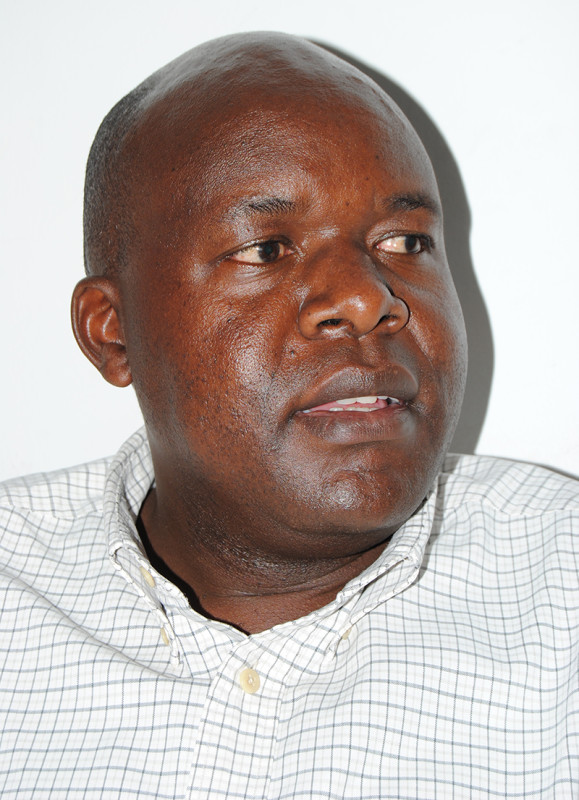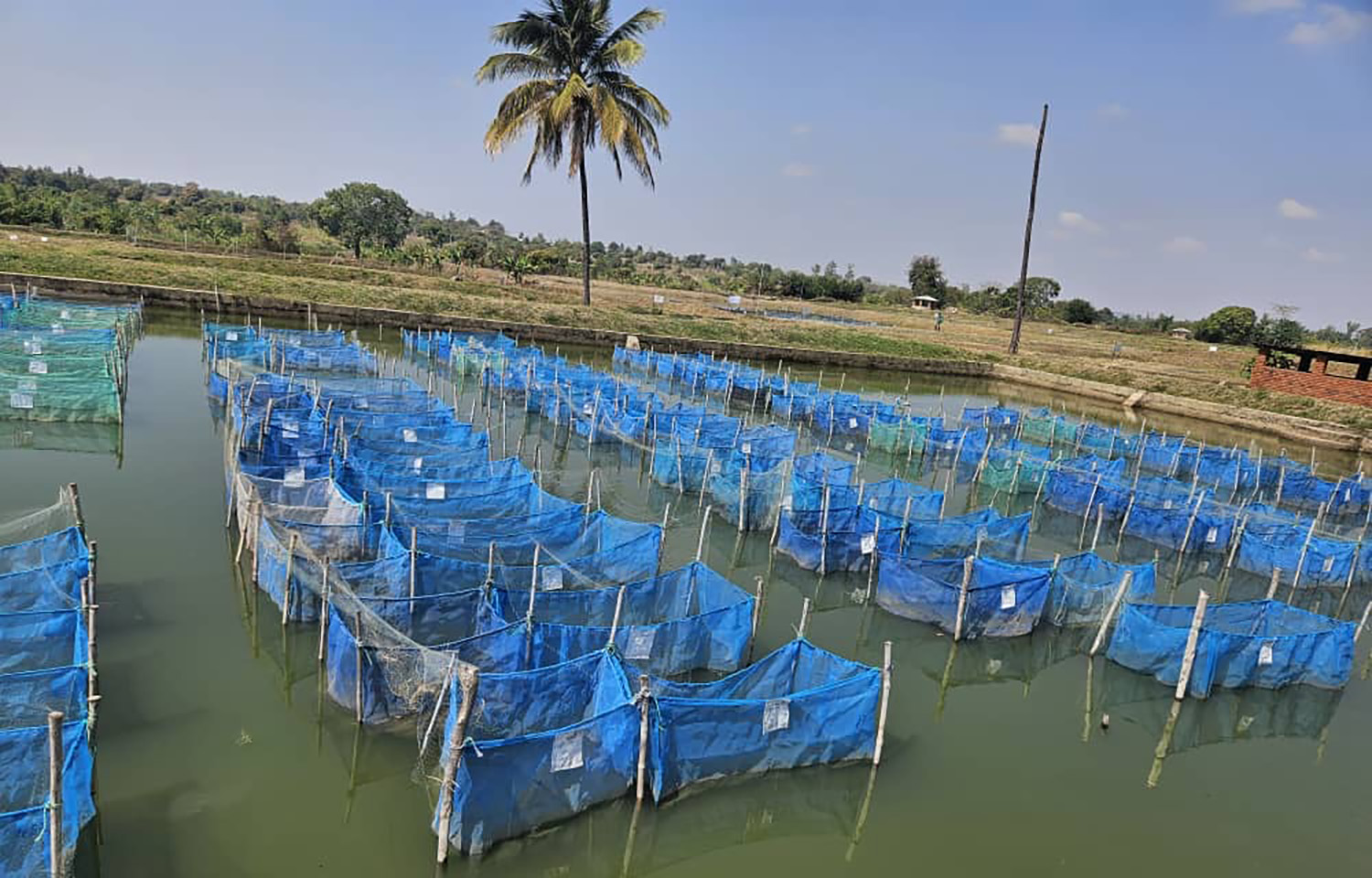Seven countries in southern Africa are collaborating with Penang, Malaysia-based aquatic food systems research organization WorldFish on a project to improve the quality of native tilapia in the region.
Zambia, Malawi, Mozambique, Tanzania, Zimbabwe, Madagascar, and Comoros – all members of the Southern African Development Community (SADC) regional economic bloc – are implementing the initiative, which aims to reduce the prevalence of foreign-sourced varieties in the region’s aquaculture industry and ultimately increase overall production volumes of farmed fish while safeguarding local aquatic biodiversity.
The plan to improve tilapia genetics and ensure the competitiveness of the tilapia value chain was initially approved by ministers responsible for agriculture, food security, fisheries, and aquaculture in SADC countries in 2017.
Each of the participating countries has established a breeding plan for the genetic improvement program that would source tilapia seed from hatcheries that use indigenous wild stock as broodstock, ensuring that any fishery escapes limit effects on wild populations, among other benefits.
“The SADC region has seen a rise in aquaculture output, largely due to the use of non-native aquatic species, which poses a risk to the region’s biodiversity,” WorldFish Strategic Communications Specialist David Wardell told SeafoodSource.
Indigenous tilapia farming that is already taking place in the SADC region, meanwhile, has shown “poor productivity without genetic improvement, hindering its commercial use.”
Wardell cited the example of the Oreochromis shiranus tilapia variety in Malawi, and the three-spotted tilapia, or Oreochromis andersonii, in Zambia as indigenous varieties that have for a long time suffered from low yields and production. The problem is particularly difficult in a region where the fish supply deficit is more than 570,000 metric tons which has, among other supply chain effects, fueled overfishing of wild fish stocks.
“Enhancing these indigenous species is crucial for sustainable development and biodiversity conservation in southern Africa,” Wardell said.
Wardell said that the project would entail the “development of protocols for disease screening and genetic analysis, as well as the collection and management of founder broodstock.”
The project would also …








